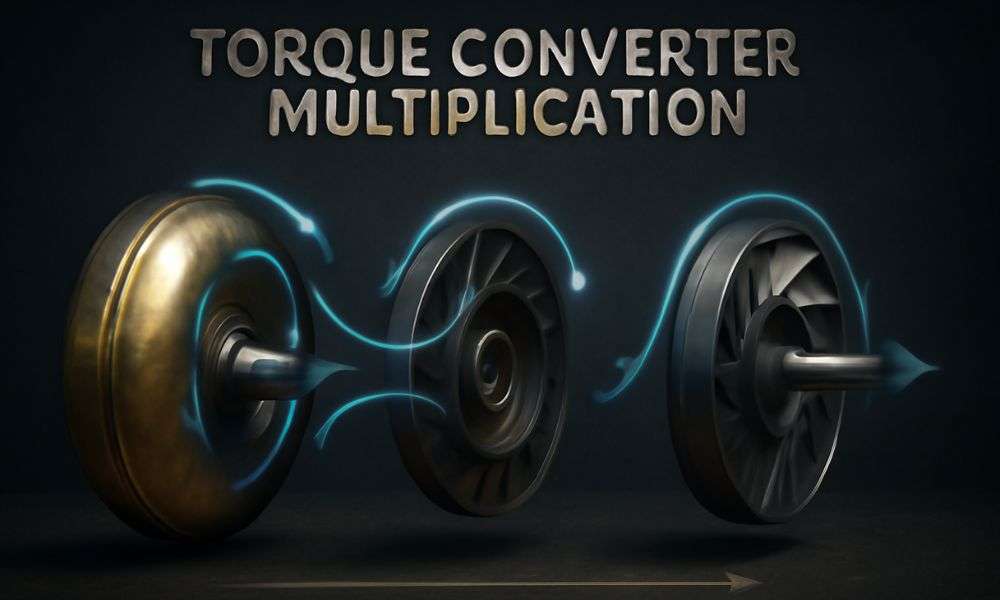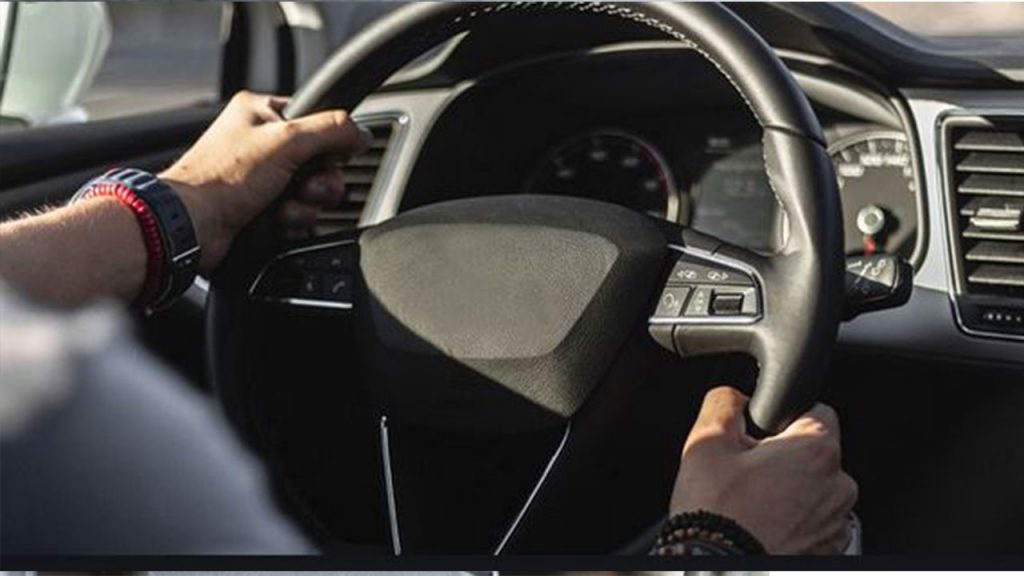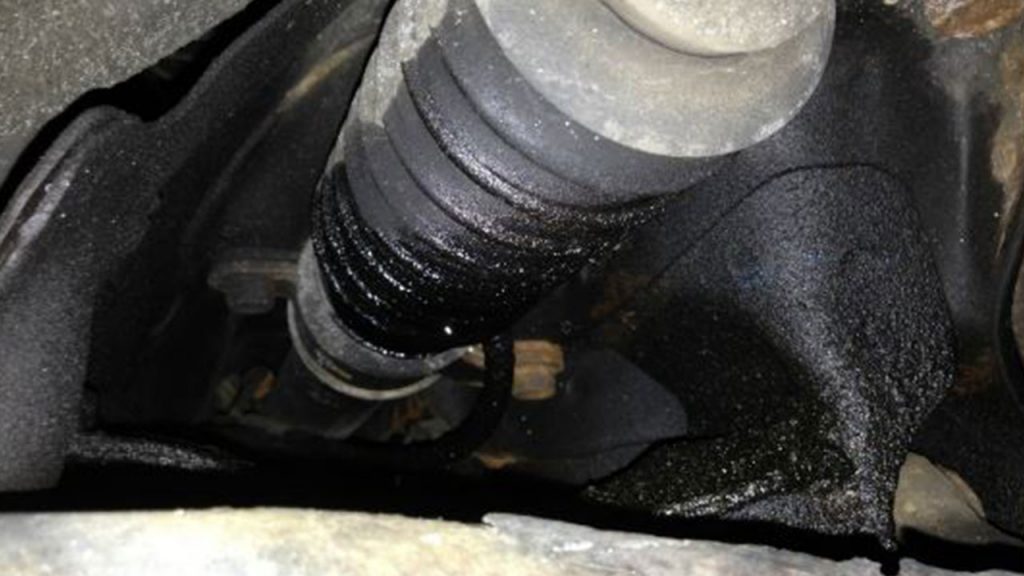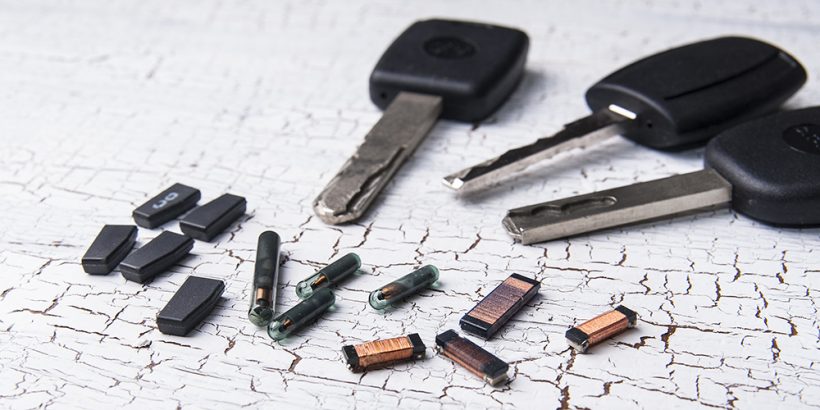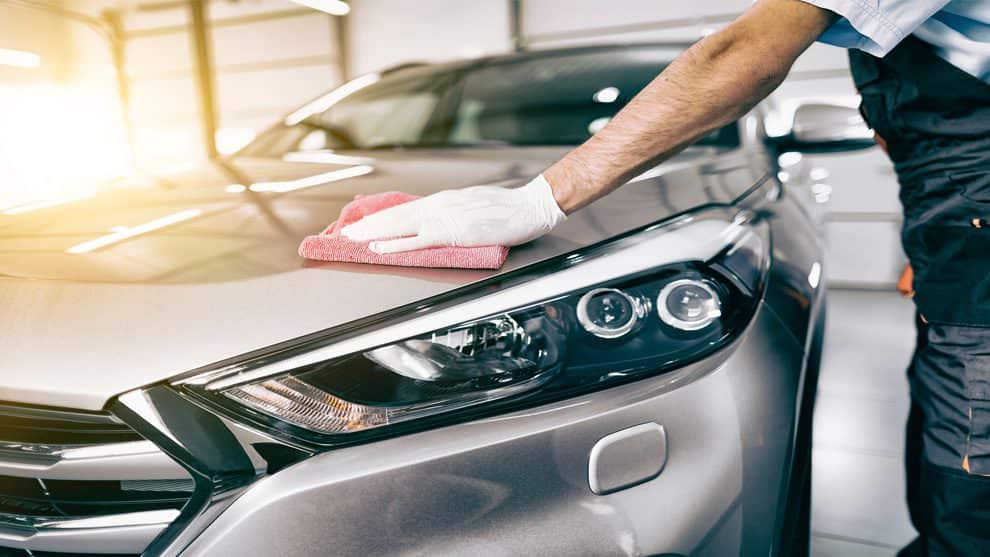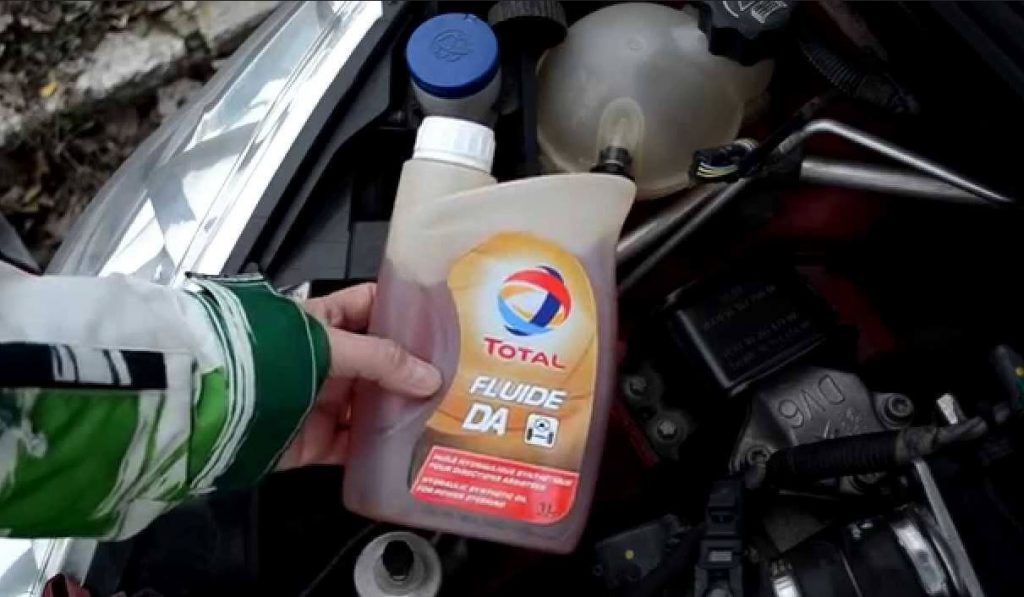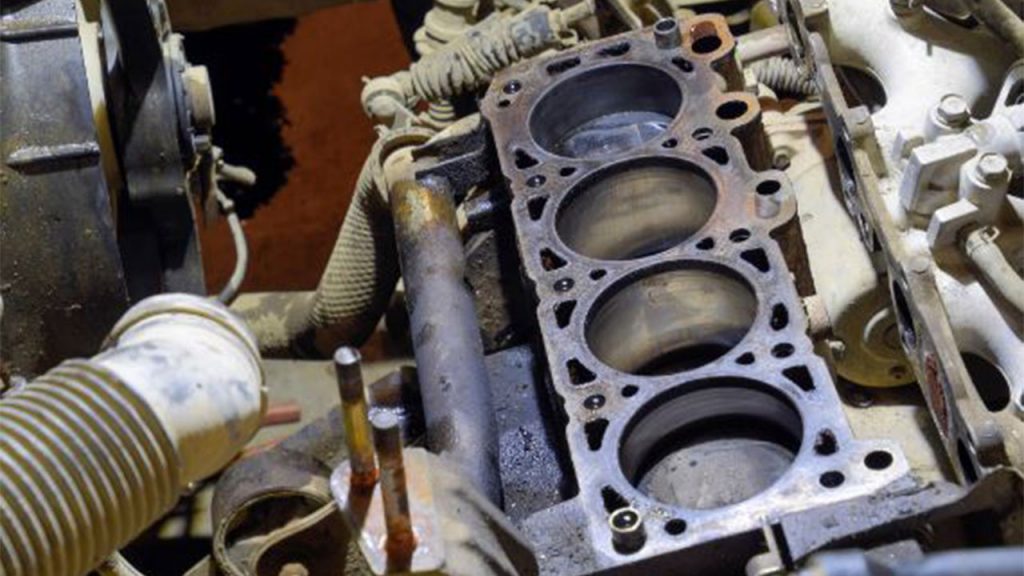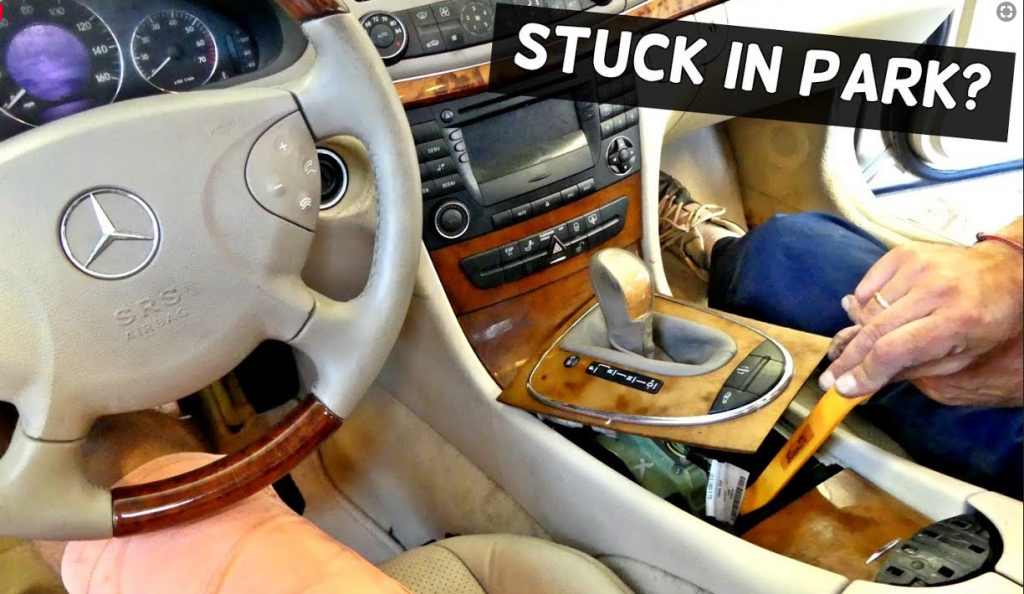Ever tried to look under the hood of your car and get a handle on all the moving parts that make things run smoothly? It’s as if you’re trying to make sense of an ancient language, one that only a few engineers really understand. One of the most mysterious and essential aspects of today’s cars, at least for those equipped with automatic transmissions, is the torque converter.
This humble piece of engineering performs magnificently below the radar, transforming the brutal output from the engine into a silky motoring experience that we barely notice. So what’s actually happening in there? Let’s lift the rock here and take a closer look at Torque Converter Multiplication Theory so that we can simplify it into something everyone can understand.
Torque Converter Multiplication Basics
First, let’s talk torque. In a nutshell, torque is the turning force generated by your engine to get your wheels spinning. You can think of it as the muscle in your car. The torque converter no longer simply routes power from point A to point B; it multiplies it. It’s like having a blower on your engine, except only when you need it most.
This multiplication effect is taking place at lower speeds, which is why when you push down on the accelerator for the first time, there’s that additional push back or “kick” from the vehicle as it starts moving. The torque converter multiplies the engine’s torque before transferring it to the transmission, boosting that acceleration for a smooth takeoff. But as the car gains pace, the wizardry starts to fade, replaced by a direct connection through to the transmission for smoother shifts.
The Function of a Torque Converter in Vehicles
Picture the torque converter as an anonymous champion of your car’s power train. In a manual transmission, where you literally have to battle a clutch pedal back and forth to connect or disconnect the engine’s power, with the torque converter doing this job for you, effortlessly, largely unconsciously.
This lack of a mechanical connection provides a comfortable driving experience and many benefits: no engine stalls, smooth starting, and natural adaptation to various drive conditions. Whether you’re idling at a stoplight or cruising down the highway, the torque converter ensures that your engine and transmission operate in sync and gives you a ride that’s smooth and efficient.
Explaining Torque Converter Multiplication Theory
Here’s where stuff gets interesting: The torque converter is the savant of fluid dynamics. It does this through the magic of feedback and fluid multiplication of torque. As the engine rotates, the pump inside the converter, forces fluid out to the turbine. This turbine, which is connected to the transmission, soaks up the energy and puts torque to the wheels.
But what’s the secret sauce? It’s the speed of the pump minus that of the turbine. At low RPMs, the turbine is turning slower than the pump and you are having torque multiplication. With increasing engine speed, the speed difference decreases and with it, the torque multiplication begins to die off, so that at higher speeds, direct connection of power will be established between the output element and transmission. It’s so smooth, it feels like an ideal symphony between the motor and transmission.
How Torque Converter Multiplies Torque
Torque multiplication is not a single-step operation. It’s dynamic. Working together, the impeller (the pump) and turbine increase torque by fluid movement. The second part is to route and spin the fluid toward the turbine, exchanging energy along the way (and increasing torque output).
At low speeds, the turbine spins slower than the impeller, creating more torque multiplication. But once the engine spins up more, the torque converter locks up its clutch to directly connect the engine and transmission, leaving the fluid coupling on the sidelines. It’s the difference between an amplified sound and a natural concert hall sound.
Explaining the Basic Parts of a Torque Converter
To gain an understanding of how torque multiplication really operates, we need to dig a bit deeper into the actual operation of the torque converter. Picture these parts as the gears in a complex clock, each essential for telling time.
- The Impeller (Pump): This is the workhorse, driven by the engine. It spins as the engine operates, creating fluid flow essential to the whole process.
- Turbine: Located immediately ahead of the impeller, this component (which is connected to the transmission) takes the kinetic energy in fluid and converts it to rotation.
- The Stator The stator redirects the fluid after it passes through the turbine and ensures that flow is smooth and that torque multiplication remains consistent as vehicle speed increases.
- The Lock-Up Clutch: At cruising speeds, this clutch locks up, bypassing fluid coupling and creating a direct connection between the engine and transmission.
These parts work together with great precision to provide you with responsive and smooth power transmission, offering an excellent driving experience.
What You Need to Know About Torque Converter Stall Speed
The most noticeable example of torque converter multiplication comes when you first take off from a stop. The torque converter steps up the power of the engine so that you can get moving quite effortlessly. Without it, your engine would have to do a lot more work to get your car rolling.
As you pick up speed, the torque converter progressively diminishes that multiplication and your car moves from a slushy engine-to-transmission connection to something more direct. This seamless transition ensures a more comfortable ride by minimizing the bumpiness you feel when manually changing gears.
Simple Torque Multiplication Fluid Coupling
At its most elementary level, the fluid coupling of a torque converter serves as an energy conductor. The movement of the impeller causes a flow of fluid, which is picked up and multiplied by the turbine. It’s this liquid medium through which the multiplication takes place, and it’s what gives you that effortless rolling response you depend on with an automatic transmission. What’s lovely about this system is how it adapts and applies torque automatically based on different driving scenarios, whether you’re applying generous use of the throttle, coasting along or beginning to slow down.
Popular Misconceptions and Torque Converter Problems
There are a couple of torque converter myths that need smashing. First is the misconception that the torque converter does nothing more than carry power. Yes, it’s all about power transfer at the end of the day, but where this component really comes into its own is torque multiplication, particularly at lower speeds.
Another popular myth is that torque converters don’t need to be maintained. In reality, without regular maintenance, things like periodically checking the fluids and changing filters, problems could develop, say, overheating or slipping. These symptoms may include slow acceleration, hard shifting, or no shift at all. The torque converter must be maintained as the other car parts do.
Conclusion
The torque converter multiplication theory might sound like some kind of engineering riddle at first, but once you unpack it, it makes sense why the concept can boost your ride’s performance. The torque converter uses fluid dynamics to multiply engine torque, allowing for a smooth transition of power from the engine to the drive train and permitting a vehicle to move forward while in gear. Whether you’re sitting in gridlocked traffic or hitting the open road, knowing what your car’s torque converter does helps you better appreciate what this integral part is doing to provide a smooth and powerful ride. Take care of the torque converter, and it will take care of you for many more miles down the road.

